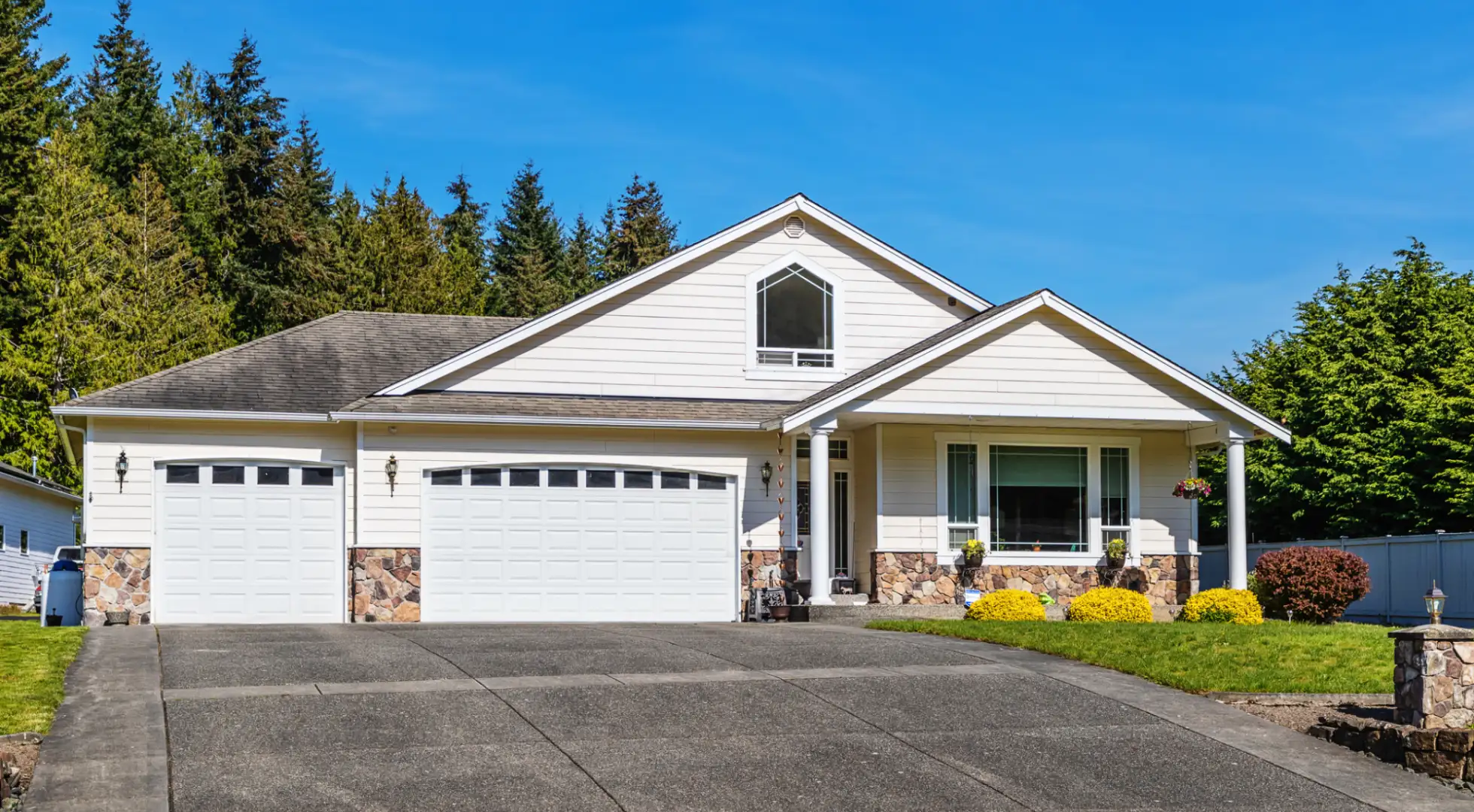When Can You Drop Mortgage Insurance on an FHA Loan?

An FHA loan is a fantastic tool to buy your first home. But when you’re a year or two into owning the home, you might start to wonder when you can drop PMI on an FHA loan.
Let’s find out.
When Can You Drop Mortgage Insurance On An FHA Loan?
Most FHA loans come with non-cancelable mortgage insurance.
Unless you put more than 10% down on your FHA loan when you purchased, or received it before 2013, you must pay the monthly FHA Mortgage Insurance Premium (MIP) as long as you have the loan.
But this doesn’t mean you have to pay mortgage insurance forever.
You can refinance out of an FHA loan into a conventional loan to cancel FHA MIP (FHA’s version of PMI). If you have 20% equity, the new conventional loan will not require mortgage insurance.
If you have less than 20% equity, the new conventional loan will require PMI, but it may be cancelable once you reach 20% equity.
Loan Type | Mortgage Insurance Type | Typical Amount | When is it Cancelable? |
FHA <10% Down | MIP | 0.55% of the loan amount per year | Never; must refinance to remove MIP |
FHA >10% Down | MIP | 0.50% of the loan amount per year | 11 years |
Conventional Purchase | PMI | Varies based on down payment and credit score | ‣ 2 years with 25% equity ‣ 5 years wit 20% equity |
Conventional Refinance | PMI | Varies based on down payment and credit score | ‣ Same as above ‣ Not required if you have 20% equity when refinancing |
5 Steps To Drop FHA MIP With A Conventional Loan Refinance
Following are steps to get rid of FHA MIP.
1. Estimate your home value: Get a realistic view of your home’s value from a Realtor. It’s best not to rely on the various home value sites, since they don’t know the condition of your home.
2. Divide your loan balance by your home value: For instance, a $220,000 loan balance divided by a $290,000 value would yield around 0.78 or 78% loan-to-value.
3. Will you need conventional PMI? Ideally, your loan balance should be about 75-78% of your home’s value. This is because you need room to wrap closing costs into the new loan. Otherwise, you’ll need to pay closing costs in cash.
4. Apply with a lender: You can apply with any lender that offers conventional loans. Have the lender double check your numbers to ensure you won’t need PMI.
5. Close the loan: The lender will collect financial documents from you and order an appraisal. If all checks out, you’ll be approved for a new conventional loan with no mortgage insurance.
Should You Refinance Into Conventional PMI?
Many recent homebuyers do not yet have 20% equity in their homes, especially if they made the minimum down payment on their FHA loan.
If that’s you, it means you will need to pay mortgage insurance on the new conventional loan.
Sometimes it can still pencil out to refinance. But for most, it’s better to wait to have 20% equity. Let’s look at an example of costs over seven years.
Keep FHA Loan | New Conventional Loan | |
Home value | $300,000 | $300,000 |
Loan Balance | $270,000 | $275,000* |
Mortgage Insurance | $124/mo** | $151/mo** |
Refinance Closing Costs | $0 | $5,000 |
7-Year Mortgage Insurance Cost | $10,400 | $14,000*** |
*Includes est. refi closing costs. **Standard FHA mortgage insurance of 0.55% per year. Est. conventional mortgage insurance based on MGIC rates 92% LTV, 720 credit score.***Includes conventional refi closing costs and assumes PMI drops off after 5 years.
In the above example, refinancing into a conventional loan and taking on PMI costs the borrower about $3,600 over seven years. However, there are many variables and assumptions. But refinancing into conventional could get even more expensive. If the home doesn't gain enough equity in five years, the costs would be even more.
Some things to note about conventional PMI cancelation:
You need to pay PMI for five years if you'd like to cancel with 20% equity.
To cancel conventional PMI after two years, you need 25% equity.
Be fairly confident that you can cancel PMI in short order if you choose to accept it on your new loan.
Also, make sure your monthly conventional mortgage insurance won't be more than your current FHA mortgage insurance. This is a possibility for those with lower credit scores, since conventional PMI rates are credit-based.
Examine Your Scenario With A Lender
The best way to see if an FHA-to-conventional refinance can save you money is to run your numbers with a lender.
If savings are significant enough, and you plan to own your home for a long time, proceed with the FHA-to-conventional refinance application.






